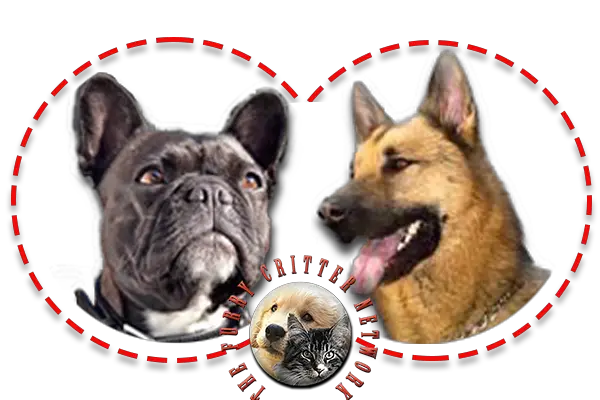Behavior
German Shepherds are a popular selection for use as working dogs. They are known for being easy to train and good for performing tasks and following instructions. They are especially well known for their police work, being used for tracking criminals, patrolling troubled areas and detection and holding of suspects. Additionally, thousands of German Shepherds have been used by the military. Usually trained for scout duty, they are used to warn soldiers to the presence of enemies or of booby traps or other hazards. German Shepherds have also been trained by military groups to parachute from aircraft or as anti-tank weapons. They were used in World War II as messenger dogs, rescue dogs and personal guard dogs. A number of these dogs were taken home by foreign servicemen, who were impressed by their intelligence.
The German Shepherd is one of the most widely used breeds in a wide variety of scent-work roles. These include search and rescue, cadaver searching, narcotics detection, explosives detection, accelerant detection and mine detection dog, among others. They are suited for these lines of work because of their keen sense of smell and their ability to work regardless of distractions. At one time the German Shepherd was the breed chosen almost exclusively to be used as a guide dog for the visually impaired. When formal guide dog training began in Switzerland in the 1920s under the leadership of Dorothy Eustis, all of the dogs trained were German Shepherd females. An experiment in temperament testing of a group of Labrador Retrievers and German Shepherds showed that the Retrievers scored higher on average in emotional stability, ability to recover promptly from frightening situations, cooperative behaviour and friendliness; while the German Shepherds were superior in aggression and defensive behaviour. These results suggested that Labrador Retrievers were more suited to guide dog work while German Shepherds were more suited to police work. Currently, Labradors and Golden Retrievers are more widely used for this work, although there are still German Shepherds being trained. In 2013, about 15% of the dogs trained by Guide Dogs of America were German Shepherds, while the remainder are Labrador Retrievers and Golden Retrievers. The Guide Dogs for the Blind Association in the United Kingdom trains some German Shepherds, while the comparable organisation in the US only trains Labrador Retrievers, Golden Retrievers and crosses between these breeds.
German Shepherds are still used for herding and tending sheep grazing in meadows next to gardens and crop fields. They are expected to patrol the boundaries to keep sheep from trespassing and damaging the crops. In Germany and other places these skills are tested in utility dog trials also known as Herdengebrauchshund (HGH) herding utility dog trials.
The German Shepherd is obedient, unfailingly loyal, and has an excellent sense of smell. He is lively, eager, and highly trainable because of his desire to obey. The breed has a personality marked by direct, fearless willingness to protect human children. The ideal dog is a working animal with an incorruptible character combined with body and gait suitable for the arduous work that constitutes its primary purpose.
Early training is vital. This is an active dog with a need for space and exercise, but can live in an apartment in the city if walked daily. This breed does not like to be alone and cannot tolerate being closed inside all day. Brushing twice per week is required. In a litter, it is wise not to select the overexcited or fearful puppy because he could become aggressive.
Health
As is common of many large breeds, German Shepherds are susceptible to elbow and hip dysplasia. Other health problems sometimes occurring in the breed are von Willebrand's disease, skin allergies and canine degenerative myelopathy. It is also prudent to check the eye and ear health as GSD's tend to have problems with these as well. German Shepherds, like all large bodied dogs, are also prone to bloat.
Degenerative myelopathy, a neurological disease, occurs with enough regularity specifically in the breed to suggest that the breed is predisposed to it. A very inexpensive DNA saliva test is now available to screen for degenerative myelopathy. The test screens for the mutated gene that has been seen in dogs with degenerative myelopathy. A small study in the UK showed 16% of young asymptomatic German Shepherds to be homozygous for the mutation, with a further 38% being carriers. Now that a test is available the disease can be bred out of breeds with a high preponderance. The test is only recommended for predisposed breeds, but can be performed on DNA samples from any dog, collected through swabbing the inside of the animal's cheek with a sterile cotton swab. Prospective German Shepherd buyers can now request the test from the breeder or buy from a breeder who is known to test their dogs.
German Shepherds have a higher-than-normal incidence of Von Willebrand disease, a common inherited bleeding disorder, and exocrine pancreatic insufficiency (EPI), a degenerative disease of the pancreas. It is estimated that 1% of the UK population of German Shepherds suffers from this disease. Treatment is usually provided in the form of pancreatic supplements taken with food.






